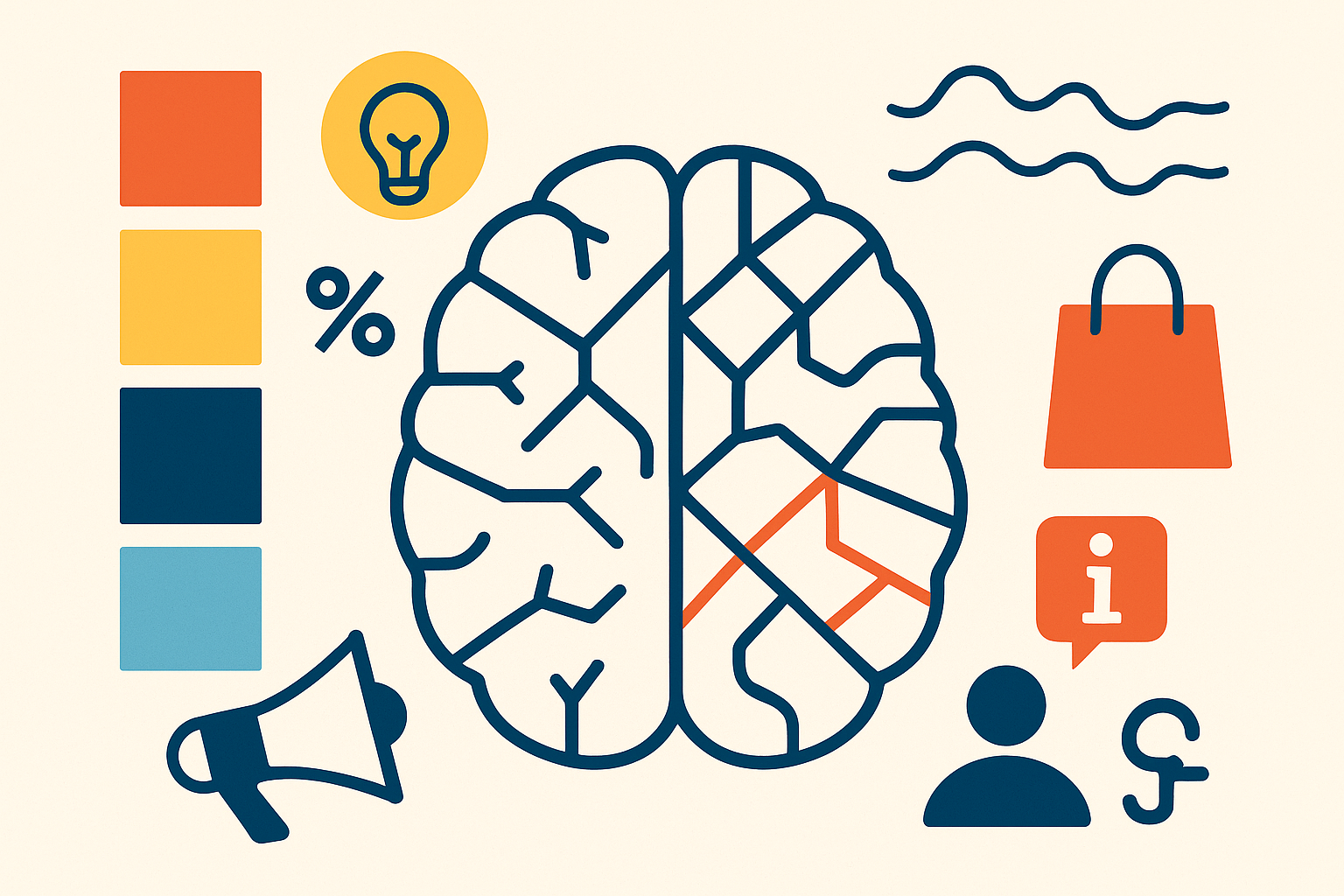What is Base Rate Fallacy?
The base rate fallacy is a common cognitive error that tends to affect our reasoning in everyday situations.
This bias tends to arise when we encounter unfamiliar or complex data, and it causes us to rely too heavily on the first piece of information that we come across. For example, when going shopping, many people will base their purchasing decisions on some initial spark of interest or attraction rather than considering broader trends and statistics.
As a result, they may end up buying items that they do not actually need or want, simply because they are being swayed by aggressive marketing techniques or flashy packaging.

Examples the Base Rate Fallacy in-store
Lots of brands exploit the Base Rate Fallacy on their packaging.
When something says "50% extra free" if you think half of what you're looking at is free, then you've committed the Base Rate Fallacy.
For example, when you buy six cans of Coke labelled "50% extra free," only two of the cans are free, not three - only a third (33%) of what you're looking at is free.
This is because the original pack had four cans, and 50% of the original amount is two cans.
If you thought 3 of the cans were free, then you failed to account for an earlier premise i.e., there were four cans originally, and you committed the Base Rate Fallacy.
Applying the Base Rate Fallacy in marketing
There are a lot of opportunities relating to base rate fallacy in-store and online. But you need to be careful not to confuse shoppers or have them distrust you.
For this reason, here are 3 tactics to employ at all times:
Whiter than white
It's better to be honest and true, but unfortunately, much in-store promotional activity exploits base rate fallacy. So instead of you appearing to offer a weaker deal (because you are too honest), highlight where your competitors are exploiting this bias.
Don’t be too white!
If there is a better way to communicate number or brand aspects then do so. In other words, being totally honest is good, but don’t be over-honest. Communicate with shoppers in the most effective but ethical ways possible, utilising base rate fallacy for good, not bad.
Base rate in context
Provide shoppers with context so that your base rate examples look as attractive and appealing as possible. For example, “Buy 3 get 1 free” - whisper buy 3 (that’s the instruction or order) and shout get 1 free!
The future of the Base Rate Fallacy
Due to the current accountant lead nature of retail, base rate fallacy is a very, very big opportunity and potential problem. Examine the numbers you communicate to shoppers and then look at then in relation to base rate fallacy.
Could you be doing things better? Are you misleading shoppers?






